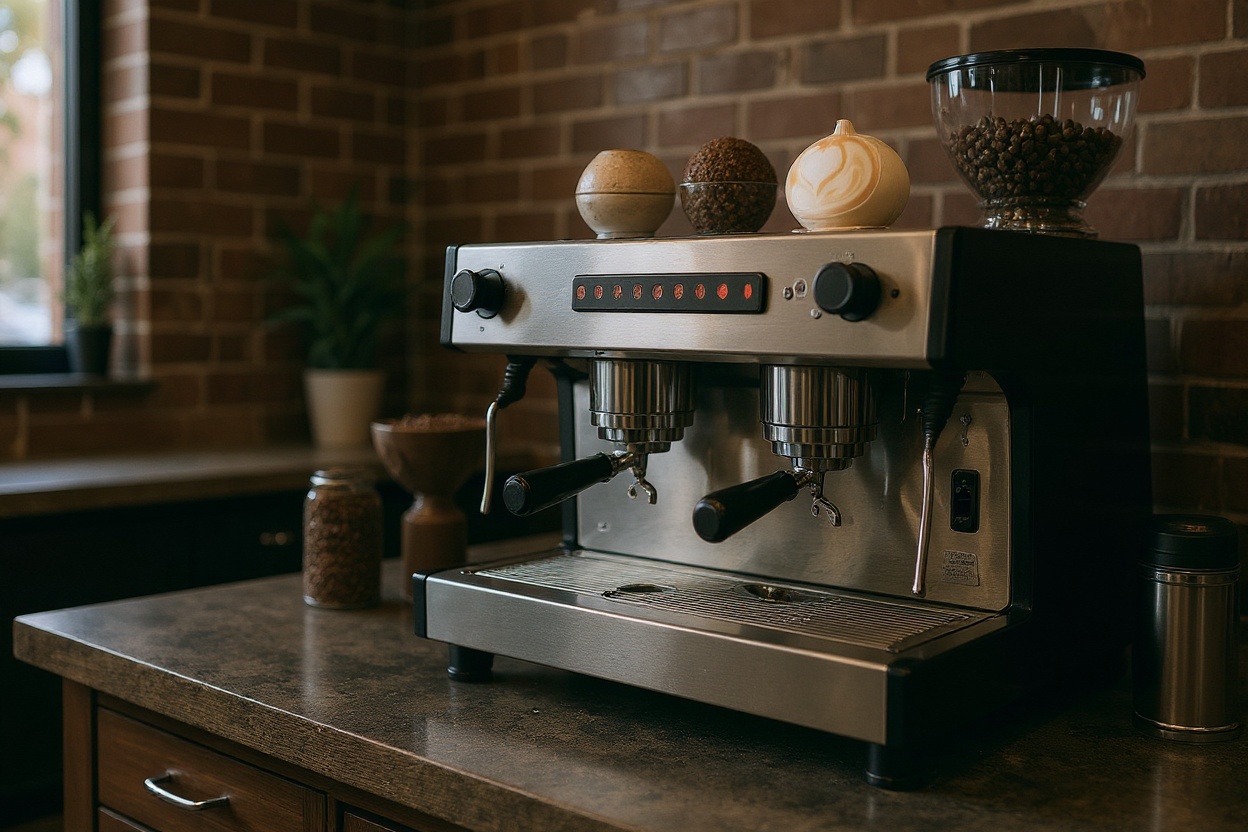While many enthusiasts focus on grind and dose, true extraction mastery begins with mastering your machine’s core physics: pressure and temperature. These are the non-negotiable fundamentals that transform a recipe from numbers on a page into a consistently perfect shot. Pressure, typically set at 9 bars, is the engine of extraction, forcing water through the compact coffee puck. However, a machine must deliver this pressure stably, not just peak at it. To test, attach a portafilter pressure gauge and pull a blank shot (without coffee). The needle should hold steady at your target pressure; any fluctuation or decline indicates a potential issue with the pump, O-rings, or internal bypass valve requiring professional service.
Temperature stability is equally critical, as it governs the solubility of coffee compounds. The Specialty Coffee Association (SCA) recommends a brew water temperature between 195°F–205°F (90.5°C–96.1°C), but consistency is paramount. A ±1°F swing can drastically alter acidity and sweetness. To assess stability, use a thermocouple-equipped portafilter or Scace device for the most accurate reading. Pull several blank shots back-to-back, monitoring the temperature readout. A well-calibrated machine should not deviate more than ±0.5°F during the shot. If temperatures drift, first ensure your machine is thoroughly heated (30+ minutes for saturated groups) and check the PID settings. For advanced control, consider implementing a cooling flush routine on heat-exchanger machines to shed excess boiler heat before pulling your shot. By validating these parameters, you create a stable foundation, ensuring that any change in your espresso’s flavor is a direct result of your recipe adjustments, not machine inconsistency.
Frequently Asked Questions
How do I make better coffee at home?
Use fresh beans, proper grind size, correct water temperature (195-205°F), and maintain a 1:15-1:17 coffee-to-water ratio.
What’s the difference between arabica and robusta coffee?
Arabica is smoother and more complex, while robusta is stronger and more bitter with higher caffeine content.
Espresso Machine Pressure Testing and Temperature Stability Overview
How much coffee should I use per cup?
Use 1-2 tablespoons (6-12g) of coffee per 6 oz of water, or follow a 1:15 to 1:17 ratio for optimal extraction.
Why does my coffee taste different every time?
Inconsistent results come from varying grind size, water temperature, brewing time, or coffee-to-water ratios.
